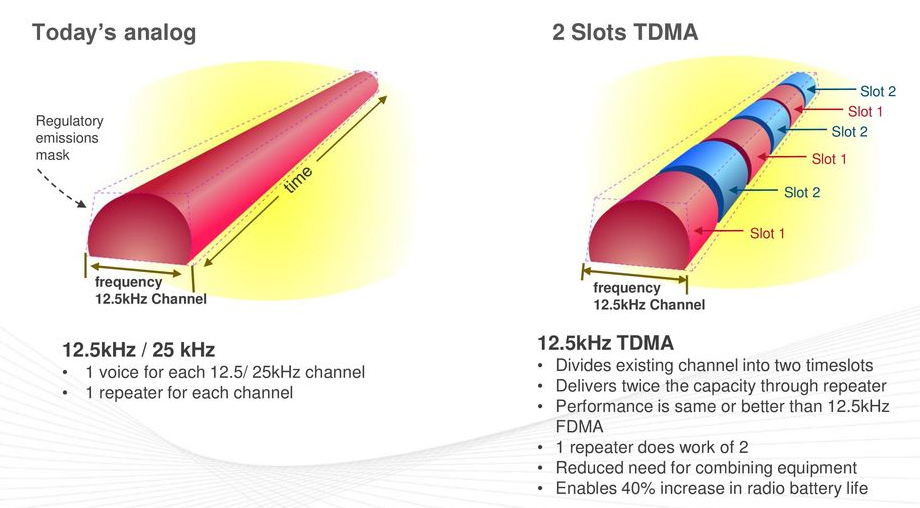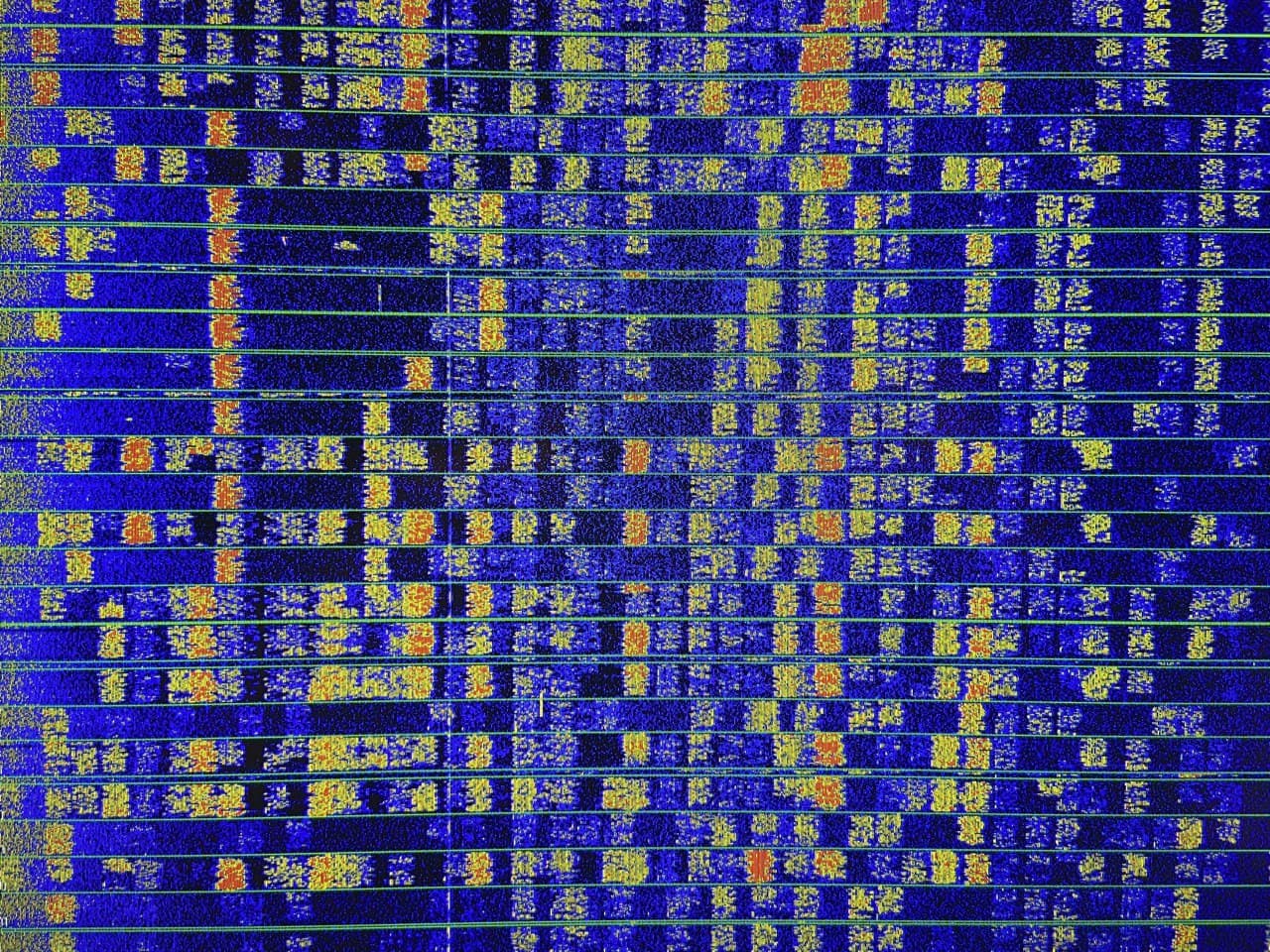
<< radio home
<< index
by disinfoniacs #69 & #1
>>>>
The world of ham radio is a constantly evolving and dynamic field, characterized by a dizzying array of technological innovations and advancements. Among the most significant of these advancements is the ability to transmit digital signals using ham radio equipment, a development that has revolutionized the way in which ham radio operators communicate with one another.
Digital modes of transmission utilize complex protocols and algorithms to enable the transmission of data in various formats, such as emails, text messages, and images, among others. Unlike traditional analog transmissions, which rely on changes in frequency or amplitude to convey information, digital modes use a series of 0's and 1's to encode information, allowing for greater efficiency, reliability, and versatility in communication.
One of the most popular digital modes in ham radio is packet radio, which uses specialized software to encode and decode digital signals in real-time. Other examples of digital modes include IEEE 802.11, a wireless networking protocol commonly used for internet connectivity, and JT65, a specialized digital mode that is particularly useful for weak signal communication.

Packet radio transmissions typically include several key components, including a checksum that permits error detection, a header that contains the call sign of the station to which the information is being sent, and an automatic repeat request system that ensures data is transmitted correctly in case of errors.
One of the most popular applications of packet radio is the Automatic Packet Reporting System (APRS), a real-time tactical digital communications system that enables the transmission of a wide range of data types, from GPS position data and text messages to weather information and more. APRS is widely used by ham radio operators for tracking the locations of other stations on online maps, allowing for real-time monitoring of hikers, bikers, and other individuals participating in outdoor activities or events.
Packet radio also employs sophisticated error correction methods, such as the automatic repeat query (ARQ) system, which enables the receiving station to detect errors in the transmission and request retransmission of the affected data packets. This technology ensures that packet radio transmissions are reliable and accurate, even under challenging and unpredictable conditions.
Voice over Internet Protocol (VoIP) is a cutting-edge method of delivering voice communications over the internet using sophisticated digital techniques. These connections are typically facilitated through a gateway, which serves as an intermediary station that connects other amateur stations to the internet. This allows ham radio operators to engage in real-time voice communication with one another, even over great distances, with unparalleled clarity and precision.
One popular application of VoIP in ham radio is the Internet Radio Linking Project (IRLP), a powerful technique for connecting amateur radio systems, such as repeaters, via the internet using VoIP. Access to IRLP nodes is typically accomplished through the use of Dual-Tone Multi-Frequency (DTMF) signals, which allow for seamless and efficient communication between stations.
Another popular VoIP service in ham radio is EchoLink, a groundbreaking protocol that enables amateur stations to communicate via the internet without using a traditional radio. EchoLink employs a unique mobile phone and computer app, which allows users to transmit through a repeater with unparalleled ease and simplicity. However, it is worth noting that in order to use EchoLink, ham radio operators must first register their call sign and provide proof of license, ensuring that only licensed operators are able to access this powerful tool.
Finally, Broadband-Hamnet™ represents an exciting new frontier in ham radio, an amateur-radio-based data network that utilizes commercial Wi-Fi equipment with modified firmware to enable fast, reliable, and secure communication between stations. By leveraging the power of the internet and the latest digital technologies, ham radio operators can unlock a world of possibilities, from real-time voice communication to data transmission and beyond.

One of the most exciting and rapidly growing of all digital modes is DMR, or Digital Mobile Radio. This powerful technique enables users to time-multiplex two digital voice signals on a single 12.5-kHz repeater channel, effectively doubling capacity and allowing two stations to talk on the same frequency simultaneously. Additionally, DMR repeaters utilize a system of "talkgroups" to allow groups of users to share a channel at different times without hearing other users on the channel. By linking repeaters via the internet to different talkgroups, ham radio operators can engage in real-time discussions with fellow enthusiasts from all around the world.
For those interested in exploring the world of digital ham radio further, D-STAR is another popular protocol found frequently on VHF and UHF repeaters. Like DMR, D-STAR utilizes advanced digital techniques to enable seamless and efficient communication over long distances. Other digital protocols you may encounter on repeaters in various locales include Fusion, P25, and NXDN, each with its own unique features and advantages.
It is worth noting that like EchoLink, DMR, D-STAR, and NXDN require call-sign registration before first use of the system. This helps to ensure that only licensed ham radio operators are able to access these powerful tools, helping to maintain the integrity and security of the ham radio network for generations to come.
Two digital modes reign supreme on the high-frequency (HF) bands: PSK31 and FT8. These modes offer radio operators the ability to communicate via keyboard-to-keyboard chat using Phase Shift Keying (PSK) modulation technology.
PSK31 is a ubiquitous HF digital mode that utilizes phase shift keying to transmit information by modulating the phase of the carrier signal. This same technology can also be found in wireless LANs, RFID, and Bluetooth communication.
But the talk of the town these days is FT8, a cutting-edge digital mode designed for low signal-to-noise conditions, with a transmission interval of 15 seconds. FT8 is a narrow-band digital mode that allows for reception of signals with very low signal-to-noise ratios, making it part of a suite of weak-signal modes that emerged in 2001. For a deeper understanding of this technology, one can consult the WSJT program.
The FT8 signals are displayed on a waterfall diagram that shows frequencies over time, as seen in the image below. As with all ham radio modes, the possibilities are endless, and the evolution of digital technology ensures that the landscape will continue to change in unpredictable ways.

<< previous lesson | next lesson >>
---
<< radio home
<< index
